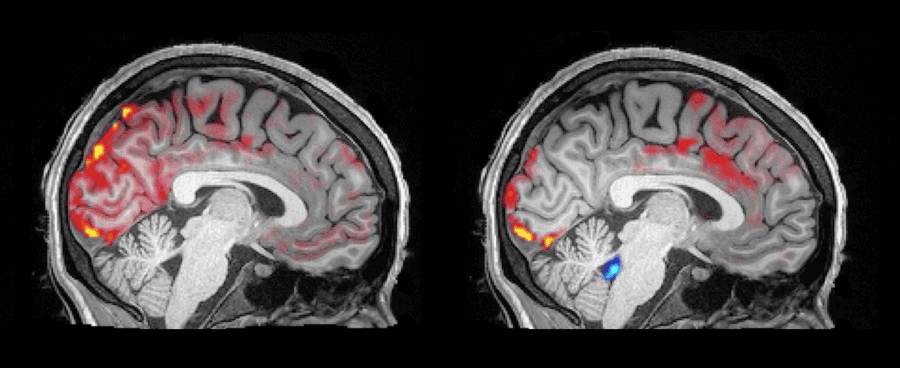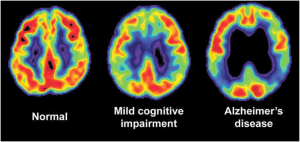How Brain Waves are More Ocean-like Than You Think
Written by Shannia Coley, Director, Marketing
Despite the fact that we spend up to a third of our lives doing it, we understand very little of the science behind sleep. What we do understand is that sleep is an absolute necessity for our brain health — it assists in repairing and protecting the brain, reducing mental fatigue, and improving brain function.
Most of us have heard that even mild sleep deprivation can lead to cognitive impairment on par with being drunk, but for many people, their sleep issues go behind having a bad night or two.
An estimated 50–70 million adults in the US have some kind of sleep disorder, which is linked to a variety of conditions, such as diabetes, heart disease, and depression. For these individuals to realize a better quality of life, it’s paramount that we better understand sleep so we can address the root causes of sleep disorders.
Fortunately, more advanced sleep monitoring technology is available than ever before, including electroencephalograms (EEGs) which measure brain electrical activity, magnetoencephalography (MEGs) which measure brain magnetic activity, and functional magnetic resonance imaging (fMRIs) that measure blood flow. We’ve learned that there are different stages of sleep, and physiological changes in brain activity (and the type of brainwaves occurring) that correspond with these different stages.
So, what’s on the horizon for sleep science? A possible link to brain diseases like Alzheimer’s.
New Technology Discovers New Brain Activity
Advancements in brain imaging are often driving innovations in brain and sleep science. One recent study leveraged a new type of fMRI developed in the past few years, called fast fMRI. The technique is almost 60 times faster than a traditional fMRI and allows the display of brain activity in near real time. In October of 2019, researchers from Boston University used the new technique in a non-REM sleep study, in conjunction with EEGs, so researchers could compare the activity of blood flow and electric activity during the same periods during sleep.
It was during this study that researchers first observed that, while we sleep, cerebrospinal fluid (CSF) flows into our brains, “washing” them in waves of the colorless fluid that surrounds our brains and spinal cords. This activity was previously unobservable with traditional fMRI techniques, which depend on slow changes in blood flow, not quick, pulsating movements.

What’s Next?
So the fluid that surrounds our brain actually washes our brain every night — what’s the big deal? Well the big deal is that fluid. There are already studies that suggest CSF and wave activity help flush away toxic proteins that can lead to memory impairment, and those that have shown that brains produce slower and fewer waves as we age. As such, researchers now believe neurodegenerative diseases could be linked to the fact that older brains aren’t getting enough waves of CSF when they sleep (whether in frequency or speed). Until this new technique, the link between CSF during sleep and memory-impeding proteins had not been made.

Going forward, researchers are interested in further studying older subjects’ sleep patterns to further observe the relationship between aging, sleep, and mild to severe cognitive impairment.



